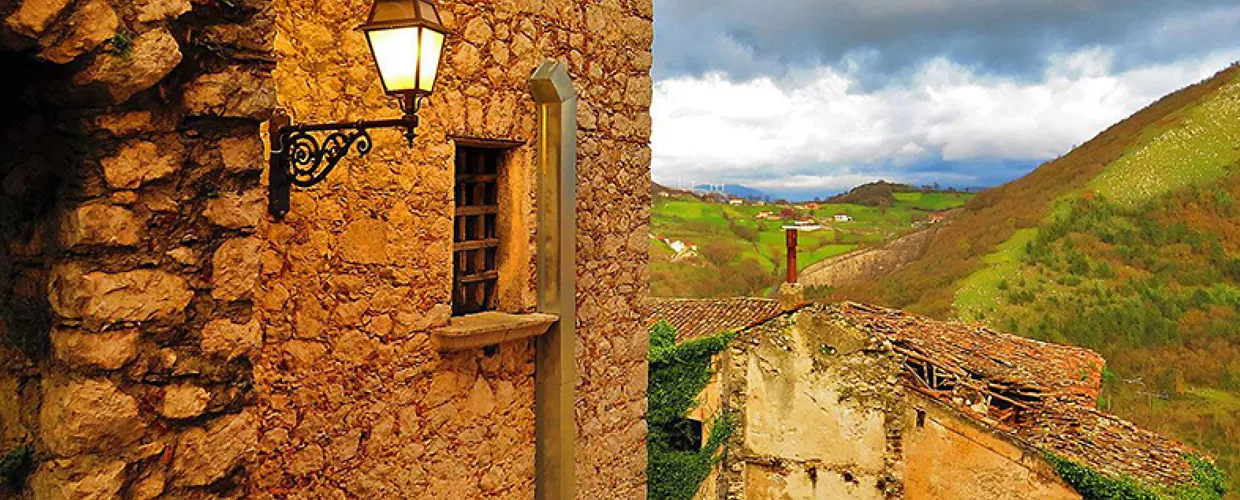
Overview
The historic centre of Palomonte
The small village of Santa Maria della Sperlonga
Palomonte, at first glance, seems to be a very unite little village, perched on the mountain. But the truth is slightly different and to discover it, we need to move away from the Tanagro almost to the edge of its valley. Here, walking through the village streets, we smile at the bright colours of the newer houses, but also meet some ruins, some old stone houses, and gates guarding forever empty buildings and closed windows. One village, two souls, and a laceration that has a precise date: 23 November 1980. The Irpinia earthquake.
Why it is special
Not everything was destroyed during the earthquake: several historical buildings are still visible today, such as the Sanctuary of Santa Maria della Sperlonga and the Church of Santa Croce. But Palomonte is not only about history and architecture: the link with its mountains is really strong. Architectural wonders are flanked by natural ones such as the Forte Pisciolo waterfalls, formed by the Vonghia stream, or the Palomba caves, where people used to live in the Neolithic Era.
Not to be missed
The Byzantine church of Santa Maria della Sperlonga, built between the 4th and 5th centuries AD, stands between the towns of Palomonte and Sicignano. The small church is surrounded by streams hiding natural caves full of lush vegetation, where Basilian monks used to seek solace during their ascetic retreat. Inside the church visitors can see ancient and fascinating frescoes, painted by the monks themselves. Among the best preserved representations: the Ascension of Mary, a Virgin Mary Odigitria, Saints Cosma and Saba and the Virgin of the Child.
A bit of history
The origins of Palomonte are still a mystery, while it is known that, like many other villages, it passed through several dominations over the centuries. Some traces - in and around Palomonte - in addition to official documents, tell us the village's history. These include the remains of a Longobard fortification dating back to the year 1000 and the colonnades of the Santa Croce church, dating back to the period of Aragonese influence. But what weighs heaviest on the hearts of the village's residents is its recent history, marked by the tragic Irpinia earthquake. Walking in Palomonte we can still feel the pain, but also the determination of the residents to stand up and rebuild.
Good to know
The hermit monks were not the first inhabitants of the caves. Many of the caves, in fact, had already been inhabited by humans in prehistoric times, as evidenced by the graffiti and the ponds made during that remote era.
Credit to: Gianfranco Vitolo
84020 Palomonte SA, Italia